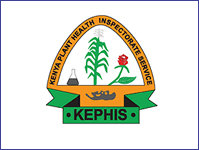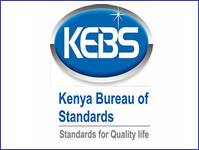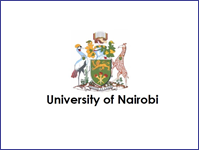About the Project
The hybrid rice research project is established as a special project of the National Research Fund(NRF). The project has been running from July, 2020 and will run upto July, 2023. Our project is dedicated to advanced research and training in rice breeding and biotechnology and advancing knowledge, applying the latest techniques in the following aspects of rice breeding:
1. Breeding to introgress wide compatibility, drought tolerant and dwarf (sd-1) genes into TGMS to produce a super parent rice for use as female parent in crosses with Basmati 370,
2. Determining linkages of major genes controlling quality and yield in Basmati370,
3. Production of super yielding Basmati370 hybrid rice seeds for farmers by crossing it with TGMS super parent varieties,
4. Determining of compatibility of major TGMS rice varieties in Kenya with Basmati370,
5. Optimization of Basmati rice anther culture conditions for doubled haploid plants production,
6. Developing of immuno-boost medium for production of immunized seedlings for farmers,
7. Training of farmers and local breeders on breeding and use of morphological markers to differentiate hybrid from self-bred seedlings in hybrid rice production,
8. Supervision PhD and MSc trainees to attain skills needed for increased adoption and continuity of super producing hybrid rice seed technology.
3.1 Beneficiary or stakeholders
i)Fulfilling the Big Four: Kenya is expected to produce about 406,486 metric tonnes while consumption will be at 694,999 by year 2022 (GoK). This will leave a deficit of 288,513mt with a value of over 28.8 billion with a kilo of pishori rice selling at KES 100/=.
ii)Rice Farmers and consumers; will access hybrid rice at less cost. Yield per acre will increase and thus more income. The value chain actors, such as input suppliers, processors and sellers will have more rice volumes to sustain their businesses. Many people will also be employed along the value chain; Rice Consumers will more accessible rice with high cooking and consumption qualities at lesser cost;
iii) Rice sub-sector actors; Actors like markets retailers, processors, casual laborers and farm machinery will greatly benefit from increased commerce and opportunities;
iv) Breeders – Rice breeders will get breeding and research materials locally avoiding high cost of importing;
v) Governments – The government will have sustained food security programmes such hybrid rice program
1. Breeding to introgress wide compatibility, drought tolerant and dwarf (sd-1) genes into TGMS to produce a super parent rice for use as female parent in crosses with Basmati 370,
2. Determining linkages of major genes controlling quality and yield in Basmati370,
3. Production of super yielding Basmati370 hybrid rice seeds for farmers by crossing it with TGMS super parent varieties,
4. Determining of compatibility of major TGMS rice varieties in Kenya with Basmati370,
5. Optimization of Basmati rice anther culture conditions for doubled haploid plants production,
6. Developing of immuno-boost medium for production of immunized seedlings for farmers,
7. Training of farmers and local breeders on breeding and use of morphological markers to differentiate hybrid from self-bred seedlings in hybrid rice production,
8. Supervision PhD and MSc trainees to attain skills needed for increased adoption and continuity of super producing hybrid rice seed technology.
3.1 Beneficiary or stakeholders
i)Fulfilling the Big Four: Kenya is expected to produce about 406,486 metric tonnes while consumption will be at 694,999 by year 2022 (GoK). This will leave a deficit of 288,513mt with a value of over 28.8 billion with a kilo of pishori rice selling at KES 100/=.
ii)Rice Farmers and consumers; will access hybrid rice at less cost. Yield per acre will increase and thus more income. The value chain actors, such as input suppliers, processors and sellers will have more rice volumes to sustain their businesses. Many people will also be employed along the value chain; Rice Consumers will more accessible rice with high cooking and consumption qualities at lesser cost;
iii) Rice sub-sector actors; Actors like markets retailers, processors, casual laborers and farm machinery will greatly benefit from increased commerce and opportunities;
iv) Breeders – Rice breeders will get breeding and research materials locally avoiding high cost of importing;
v) Governments – The government will have sustained food security programmes such hybrid rice program
Partners







